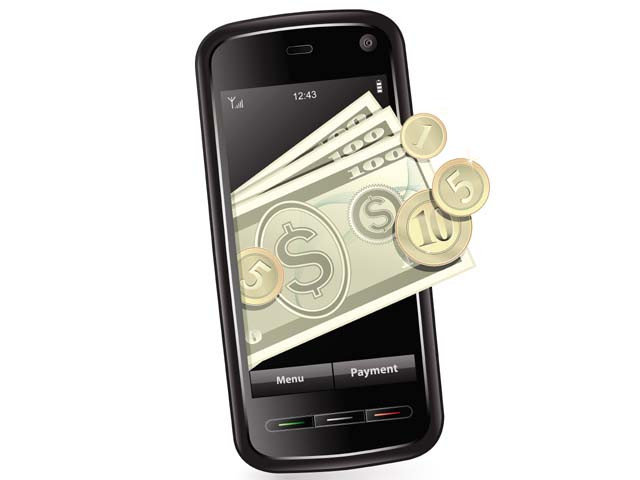Branchless banking – an effort to control cash, document economy
Basic aim is to give unbanked people access to financial services.

The unbanked: 80% of Pakistan’s population doesn’t have access to formal
financial services.
About 24% of Pakistan’s M2 money supply is cash, physical currency notes and coins, which is the highest in the world and one of the main obstacles to documenting the economy. M2 money supply is the sum of total currency in circulation, total bank deposits and other deposits with the central bank.
“Growth of branchless banking will help reduce currency circulation, document the economy and even create employment,” Muhammad Akhtar Javed, Additional Director at SBP’s Banking Policy and Regulations Department, told business journalists at a recent workshop on branchless banking.
The nationwide expansion of branchless banking will also reduce the central bank’s expenses on printing of paper money – it cost the SBP Rs7 to print a five-rupee bill, according to Javed, which was printed five times a year.

The workshop was meant to help the reporters enhance their knowledge of branchless banking, which is still in its infancy. Making best use of the opportunity, the participants flooded Javed with questions ranging from security to scope of branchless banking and its economic benefits.
“One of the main benefits of financial inclusion is that it helps document the economy at the back end,” Javed said. “For example, both the sender and receiver of money are required to show their CNIC at the point of sale to complete the transaction. All this data is documented by the CMOs (cellular mobile operators).”
The term financial inclusion refers to delivery of financial services at affordable cost to underprivileged and unbanked segments of the population.
More than 80% of Pakistan’s population doesn’t have access to formal financial services, which is seen as a business opportunity by banks and CMOs, the main players in the branchless banking market.
After receiving a lethargic response initially, branchless banking has become one of the fastest growing areas, especially in the last one year or so.
The branchless banking segment conducted more than 31.4 million transactions and handled Rs139 billion during the quarter ended September 2012, according to the SBP.
In an analysis, the SBP reported that branchless banking players registered a growth of 25% in mobile wallets, 7% in the number of agents, 11% in transactions and 21% in transaction value in the July-Sept 2012 quarter.
Cellular mobile operators Mobilink and Zong had also launched their mobile banking solutions last November while Warid and Ufone joined the bandwagon early this year, which will spur growth in mobile and branchless banking.
“You will get to hear a lot of news about branchless banking in the next two to three years,” Javed said. The SBP’s ultimate goal is to take branchless banking to a level where all mobile phone numbers will become personal bank account numbers, he said.
“Going forward, we would like people to have mobile wallets, so they can pay for grocery, taxi fare and airline ticket using this mode,” Javed said.
The Benazir Income Support Programme, payments to Internally Displaced People and victims of 2010 floods are some examples of the effectiveness of branchless banking. Pension accounts can be brought into this network while Metro bus ticket can be connected with the same, he suggested.
Talking about security, Javed said they chose bank-led branchless banking model over telecom-led model because the former is more sustainable. In the bank-led model, banks are responsible for all the transactions and activities as the money is kept in the bank. It is the agent who facilitates a person in opening his mobile account but the actual account is opened at the bank at the back end.
Given CMOs are dominant players, the SBP and Pakistan Telecommunication Authority have made a joint regulation committee. The purpose was to ensure if they get away from one regulator, the other can still catch them for any misconduct.
Published in The Express Tribune, April 2nd, 2013.
Like Business on Facebook to stay informed and join in the conversation.



















COMMENTS
Comments are moderated and generally will be posted if they are on-topic and not abusive.
For more information, please see our Comments FAQ